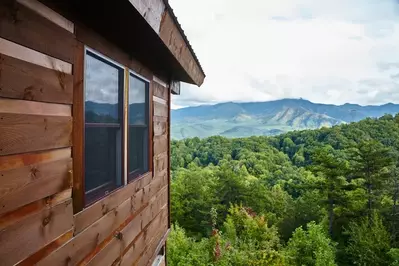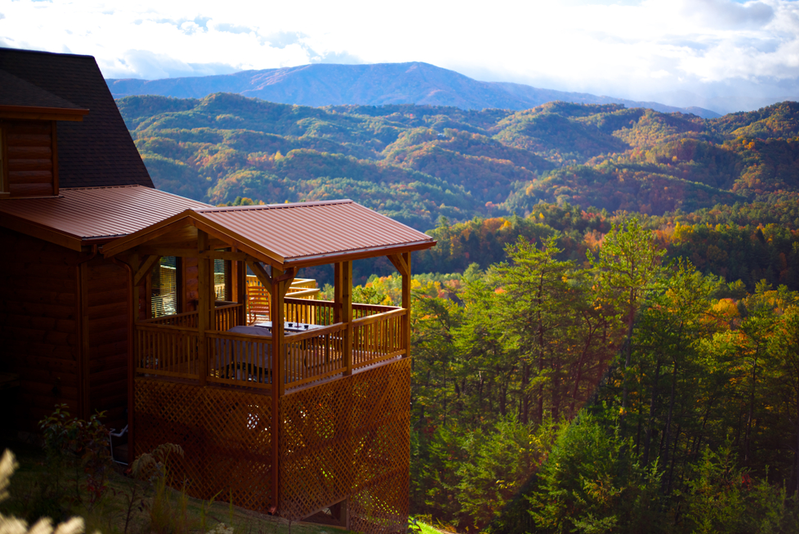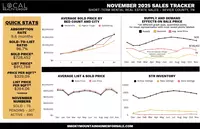The short-term rental market is heavily influenced by seasonal shifts, which affect demand, pricing, and occupancy rates. This is especially prominent in markets like the Smoky Mountains. Natural beauty and seasonal activities draw more visitors during specific times of the year. Understanding these patterns is important for STR owners and investors to optimize their strategies and maximize profits. Keep reading to find out how seasonality affects demand in the Smoky Mountain short-term rental market.
Peak Season: Summer and Fall

In the Smoky Mountains short-term rental market, the peak season typically spans from late spring through fall. In summer, families and vacationers take advantage of school breaks and warmer weather. Attractions like Dollywood, Anakeesta, and the Great Smoky Mountains National Park are at their busiest, driving high demand for short-term rentals. During these months, STRs can charge premium prices and see soaring occupancy rates. Owners should expect heavy bookings and may want to utilize minimum stay requirements to capitalize on the high demand. Marketing efforts during this time should highlight family-friendly amenities, proximity to attractions, and outdoor activities like hiking, rafting, and ziplining.
After the summer rush, the Smoky Mountains experience another surge in short-term rental market demand during the fall, especially in October. The vibrant fall foliage transforms the landscape into a breathtaking scene that draws in outdoor enthusiasts and photographers. This season can rival summer in terms of occupancy and nightly rates, especially during weekends. It’s a popular time for romantic getaways, scenic drives, and outdoor adventures. Owners should advertise cozy cabins, fireplaces, and stunning mountain views in their listings to appeal to visitors. Advanced bookings are common during fall, so proactive marketing and reservation management are essential.
Shoulder Seasons: Spring and Early Winter
The shoulder seasons, which generally span April to May and November to early December, represent transition periods in the Smoky Mountains. In spring, the weather warms and flowers begin to bloom, causing demand to start to pick up after the quieter winter season. While not as intense as summer or fall, spring break periods can still generate a lot of bookings. This could be a good time to offer competitive pricing to attract guests and showcase the beauty of the mountains in listings. Activities like hiking, fishing, and scenic drives are popular this time of year.
Before the holiday season, early winter can see a slight decrease in short-term rental market demand. However, it also offers a unique appeal for visitors seeking a quiet mountain escape before the holiday crowds. Some early winter visitors are also drawn by the promise of early snow or pre-holiday events in Smoky Mountain towns. STRs with amenities like hot tubs, indoor fireplaces, and festive decor can attract guests looking for a cozy retreat. Pricing during this period might be more flexible, and strategic promotions can help maintain occupancy.
Off-Season: January, February, and Early March

January, February, and early March are typically considered the off-season in the Smoky Mountain short-term rental market. With colder temperatures, the potential for snow, and fewer events, demand tends to be at its lowest this time of year. Some attractions might have reduced hours or close for the season, such as Dollywood. During this time, STR owners often see lower occupancy rates and may need to reduce nightly rates to attract bookings.
However, the off-season also presents opportunities. It appeals to visitors seeking a quiet escape or a budget-friendly vacation. It’s also a great time for property maintenance, renovations, and upgrades. Marketing during the off-season should focus on the peaceful beauty of the mountains, the comfort of the property, and winter activities like skiing, Winterfest, and indoor experiences. Owners may want to offer discounts for longer stays or special packages to help fill vacancies.
Investing in the Smoky Mountain Short-Term Rental Market
Understanding these seasonal changes allows STR owners in the Smoky Mountains to optimize revenue and ensure a positive guest experience all year long. Are you interested in investing in the Smoky Mountain short-term rental market to take advantage of these revenue opportunities? At Local Realty Group, we’re here to guide you through the process and help you make the most of your real estate investment in Pigeon Forge, Gatlinburg, Sevierville, Wears Valley, and Pittman Center. Learn more about investing in the Smokies today to get started!










